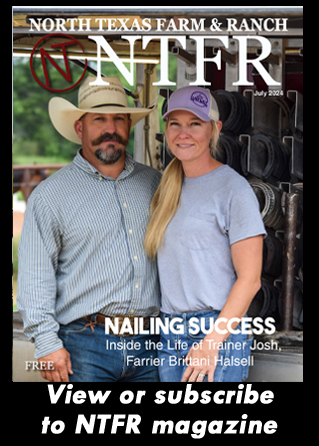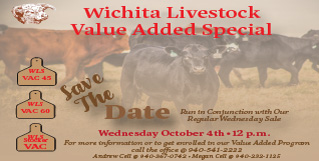Farm & Ranch
Out for Blood: The horse fly is a major pest – and a major pain to control
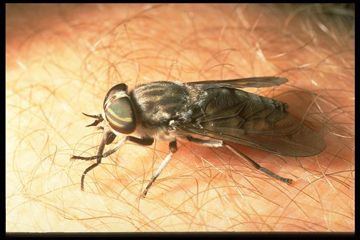
There are few guarantees in life, but one guarantee is inescapable: if you have livestock, you have flies.
One of the best known of these pests is the largest, the bloodsucking horse fly. It is also one of the most difficult to manage, according to entomologist Dr. Sonja Swiger with the Texas A&M Research & Extension Center in Stephenville.
“Horse flies are hard to control,” she says. “They are only on the host long enough to take a blood meal and then they leave.”
When most people mention “horse fly” they think of the big black flies with huge eyes that look like rainbows on an oil slick when the light hits them just right. This horse fly is actually part of a large family, the Tabanidae, which includes both horse and deer flies, and like their distant cousins the mosquito, only the females are bloodsuckers.
A study by now retired Texas A&M entomologist Bart Drees and James Goodwin identified 109 distinct species of horse and deer flies in Texas alone, compared with about 350 species known in North America and 4,500 known worldwide. According to Dr. Swiger, some of these are very specific and localized, while others have evolved to take advantage of large herd animals; though, as many people have painfully learned, horse flies can be fairly opportunistic biters. To read more pick up the February issue of North Texas Farm & Ranch.

Farm & Ranch
Ag Elsewhere: Wyoming
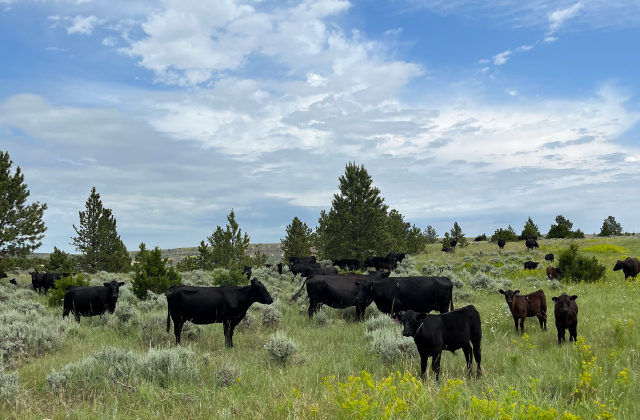
By Tressa Lawrence
Ranchers across northeast Wyoming and the surrounding areas saw record moisture levels in 2023. The year 2024 has seen significantly less moisture to date.
Farm & Ranch
Ag Elsewhere: Montana
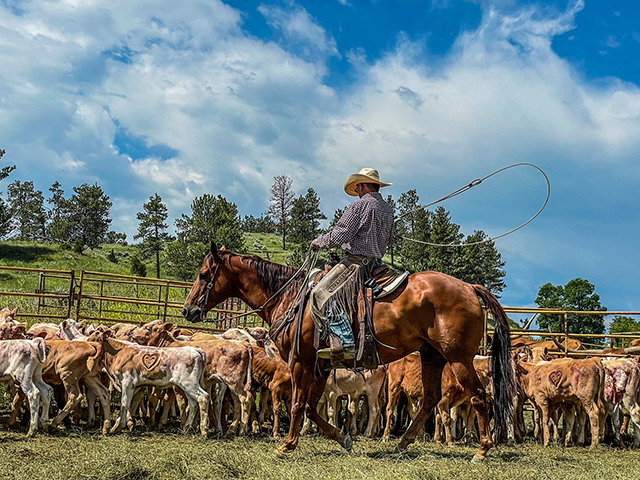
By Lindsey Monk
People are finishing up brandings. Here, Danny Walter is shown getting it done.
Farm & Ranch
Animal Disease Traceability
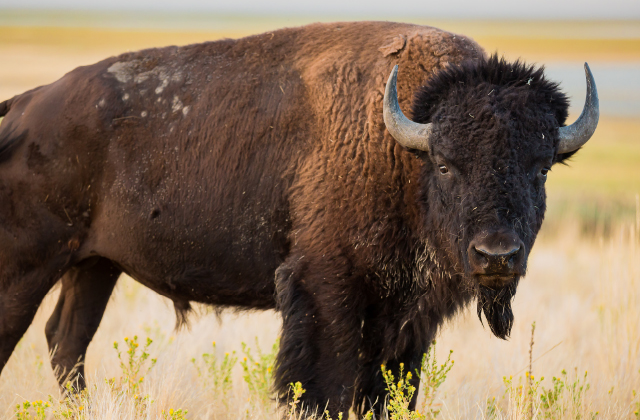
By Barry Whitworth, DVM
On July 6, 2020, the United States Department of Agriculture Animal and Plant Health Inspection Service (APHIS) posted in the Federal Register a proposal that radio frequency identification tags be used as official identification for cattle and bison. Following a period for public comment, the USDA APHIS released a statement on April 24, 2024, with the amended animal disease traceability (ADT) regulation for cattle and bison. The full press release may be found at https://www.aphis.usda.gov/news/agency-announcements/aphis-bolsters-animal-disease-traceability-united-states. Under the new rule, cattle and bison will need to be identified with tags that are both visual and electronic.
The USDA defines ADT as knowing where diseased and at-risk animals are, where they have been, and when the animal disease event took place. A system that allows for efficient traceability of livestock in the United States is essential for animal health and reducing the economic effect of a foreign animal disease outbreak and other diseases on livestock producers as well as others whose well-being depends on livestock production.
To read more, pick up a copy of the July issue of NTFR magazine. To subscribe by mail, call 940-872-5922.
-

 Country Lifestyles1 year ago
Country Lifestyles1 year agoScott & Stacey Schumacher: A Growth Mindset
-

 Country Lifestyles7 years ago
Country Lifestyles7 years agoStyle Your Profile – What your style cowboy hat says about you and new trends in 2017
-

 Equine10 months ago
Equine10 months agoThe Will to Win
-

 HOME7 years ago
HOME7 years agoGrazing North Texas – Wilman Lovegrass
-

 Country Lifestyles4 years ago
Country Lifestyles4 years agoAmber Crawford, Breakaway Roper
-

 Outdoor9 years ago
Outdoor9 years agoButtercup or Primrose?
-

 Country Lifestyles8 years ago
Country Lifestyles8 years agoDecember 2016 Profile, Rusty Riddle – The Riddle Way
-

 Country Lifestyles8 years ago
Country Lifestyles8 years agoJune 2016 Profile – The man behind the mic: Bob Tallman
